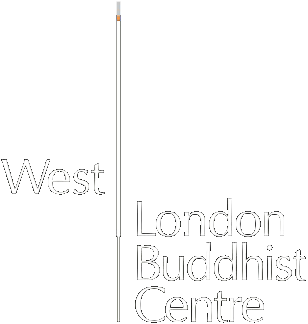How do you make an effort to pay attention?
The lens analogy
Awareness can be a range between wide angle and zoom focus. When you are exploring the lens analogy you can also add the theme of how you make effort to being aware within that range.
A visual pre-meditation exercise
Wide angle
Before the start of a meditation exercise, use the lens analogy in the way that you look at what is visually in front of you. Play and experiment with broadening how you look at what is in front of you, and what your effort is like when you do that. With the ‘wide angle’ type of awareness you are ‘taking things in’ and only making enough effort to keep your attention on the general area of awareness.
The general aim here is to have a sense of spaciousness and richness and even you could say multi-dimensionality in awareness. Because the effort is minimal, what keeps your attention is the sense of interest, curiosity and discovery. Check for the tendency of becoming vague or vegging out and adjust accordingly.
Zoom focus
Then focus your attention on a small area in front of you. When you are in ‘close focus’ be alert to being too pushed or forced in effort . A sign of this is that your body might start getting tight or tense, perhaps very subtly. The tightening in your body might be in a particular area like the face, shoulders, or hands. If that happens slightly relax your effort on the focus and consciously relax that part of you body.
The meditation using the lens analogy
Then close your eyes and start the meditation with the intention of exploring this approach in relation to experiencing the breath.
You can start with very broad awareness of your body then focus in on the whole rhythm and flow and the breath. Then very slightly narrow the range of focus to the belly or the chest and then narrow even more so you focus on the sensations of the breath in the nostrils. During the whole practice check on the tendency to become wooly in your attention or too forced and adjust your effort accordingly.
A simple way to deal with difficulties within yourself
If you notice it is difficult to stay mindful and attend to what you have decided to pay attention to you can explore this simple method! Using quiet subtle thought at the back of your mind drop in the question ‘what is a description of how am I now?’ Then wait for a bit and notice if a word or a description emerges. For example ‘frazzled’. Then still using subtle thought ask yourself what is the positive opposite of that word and then wait. If and when a word arises just check, does it seem like the right quality to counter the ‘frazzledness’. For example the word ‘settle’ might come to you. Then using subtle thought drop that word or sense of quality into the back of your mind. Gently imagining it settling into your mind and affecting it. Then keep wide-angle awareness for a while to notice any change and then go to ‘close focus’ on the breath or the body.
**
Vajradaka is one of the most experienced meditation teachers in Triratna and is continuously developing fresh approaches to maintaining and developing a vibrant meditation practice. He is known for easy to relate to ways of teaching which come across as clear, practical and relevant. He is a regular guest teacher on Dharma Night.

